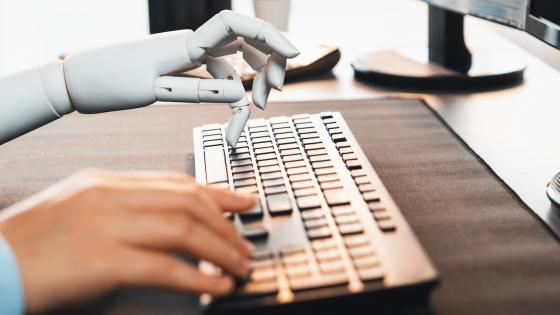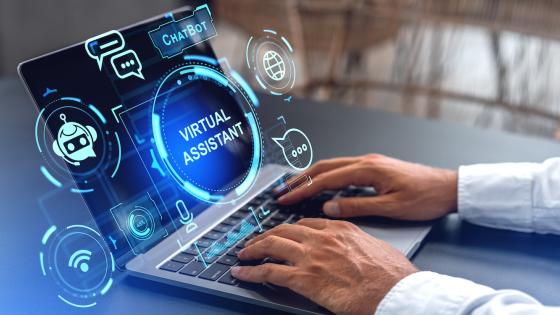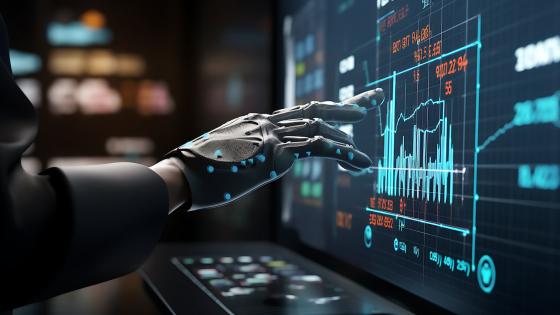DP17221 Artificial Intelligence as Self-Learning Capital
We model Artificial Intelligence (AI) as self-learning capital: Its productivity rises by its use and by training with data. In a three-sector model, an AI sector and an applied research (AR) sector produce intermediates for a final good firm and compete for high-skilled workers. AR development benefits from inter-temporal spillovers and knowledge spillovers of agents working in AI, and AI benefits from application gains through its use in AR. The economy converges to a steady state and displays a sequence of four tipping points in the transition: First, entrepreneurs and second, high-skilled workers drive the accumulation of self-learning AI, which will later be re-balanced by reverse movements to the AR sector (third and fourth). In the steady state, AI accumulates autonomously due to application gains from AR. We show that suitable tax policies induce socially optimal movements of workers between sectors. In particular, we provide a macroeconomic rationale for an AI-tax on AI-producing firms, once the accumulation of AI has sufficiently progressed.


